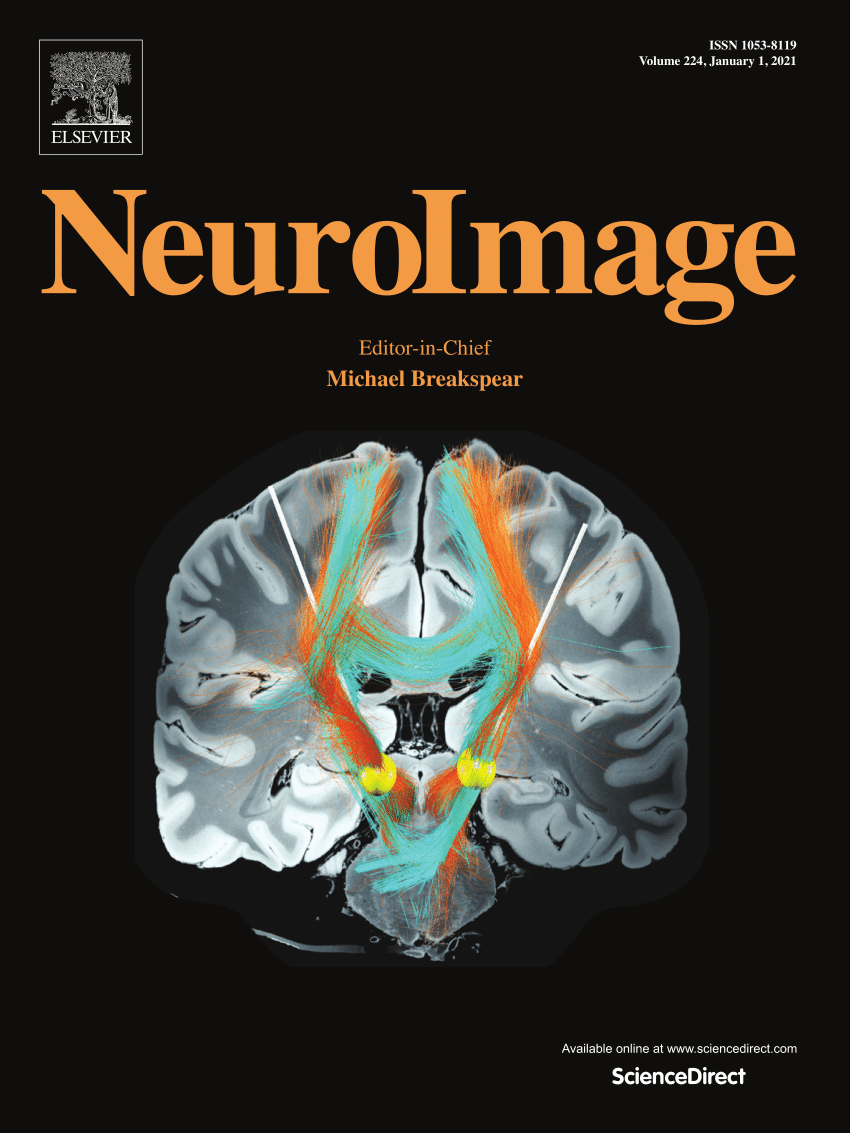The effect of multiband sequences on statistical outcome measures in functional magnetic resonance imaging using a gustatory stimulus
IF 4.7
2区 医学
Q1 NEUROIMAGING
引用次数: 0
Abstract
Recent technical developments have led to the invention of multiband functional magnetic resonance imaging (fMRI) sequences that allow for faster sampling rates. However, some studies have highlighted problems with these sequences, leading to a decreased temporal signal-to-noise ratio (tSNR). In addition, this temporal noise may interfere with detecting reward-related responses in mesolimbic regions. The blood-oxygen-level-dependent signal utilized in the majority of fMRI measurements is relatively slow. Furthermore, the cerebral response to gustatory stimuli would also be relatively slow. Therefore, given the temporal noise issues with multiband sequences, it is unclear whether multiband sequences are necessary for fMRI studies using gustatory stimuli. We thus conducted an fMRI experiment using a gustatory stimulus to investigate the effects of multiband sequences and increased sampling rates on statistical outcome measures. A single-band sequence with a repetition time (TR) of 2 s of phantom fMRI data and gustatory fMRI data from the gustatory regions exhibited the highest tSNR, although the tSNR of this sequence of gustatory fMRI was not statistically different from tSNR of multiband sequences with a TR of 2 s in any of the selected region of interests. Conventional general linear model analysis of fMRI showed that single-band sequences are more advantageous than multiband sequences for detecting brain responses to gustatory stimuli in the primary gustatory cortex. In addition, a Bayesian data comparison showed that data derived from a single-band sequence with a TR of 2 s was optimal for inferring neuronal connectivity in gustatory processing. Therefore, a conventional single-band sequence with a TR of 2 s is more appropriate for fMRI with gustatory stimuli. Image acquisition sequences should be selected aligned with the study objectives and target brain regions.
使用味觉刺激的功能磁共振成像中,多波段序列对统计结果测量的影响
最近的技术发展导致了多波段功能磁共振成像(fMRI)序列的发明,这种序列可以实现更快的采样率。然而,一些研究强调了这些序列存在的问题,它们会导致时间信噪比(tSNR)降低。此外,这种时间噪声可能会干扰检测间叶区域的奖赏相关反应。大多数 fMRI 测量中使用的依赖血氧水平的信号相对较慢。此外,大脑对味觉刺激的反应也相对较慢。因此,考虑到多波段序列的时间噪声问题,目前还不清楚使用味觉刺激进行 fMRI 研究是否需要多波段序列。因此,我们使用味觉刺激进行了一次 fMRI 实验,以研究多波段序列和提高采样率对统计结果测量的影响。重复时间(TR)为 2 秒的单波段序列的幻象 fMRI 数据和来自味觉区域的味觉 fMRI 数据表现出最高的 tSNR,尽管在任何选定的兴趣区域,该序列的味觉 fMRI tSNR 与 TR 为 2 秒的多波段序列的 tSNR 没有统计学差异。传统的 fMRI 一般线性模型分析表明,在检测初级味觉皮层对味觉刺激的大脑反应方面,单波段序列比多波段序列更有优势。此外,贝叶斯数据比较显示,TR 为 2 秒的单波段序列获得的数据最适合用于推断味觉处理过程中的神经元连接。因此,TR 为 2 秒的传统单波段序列更适合用于味觉刺激的 fMRI。图像采集序列的选择应与研究目标和目标脑区相一致。
本文章由计算机程序翻译,如有差异,请以英文原文为准。
求助全文
约1分钟内获得全文
求助全文
来源期刊

NeuroImage
医学-核医学
CiteScore
11.30
自引率
10.50%
发文量
809
审稿时长
63 days
期刊介绍:
NeuroImage, a Journal of Brain Function provides a vehicle for communicating important advances in acquiring, analyzing, and modelling neuroimaging data and in applying these techniques to the study of structure-function and brain-behavior relationships. Though the emphasis is on the macroscopic level of human brain organization, meso-and microscopic neuroimaging across all species will be considered if informative for understanding the aforementioned relationships.
 求助内容:
求助内容: 应助结果提醒方式:
应助结果提醒方式:


